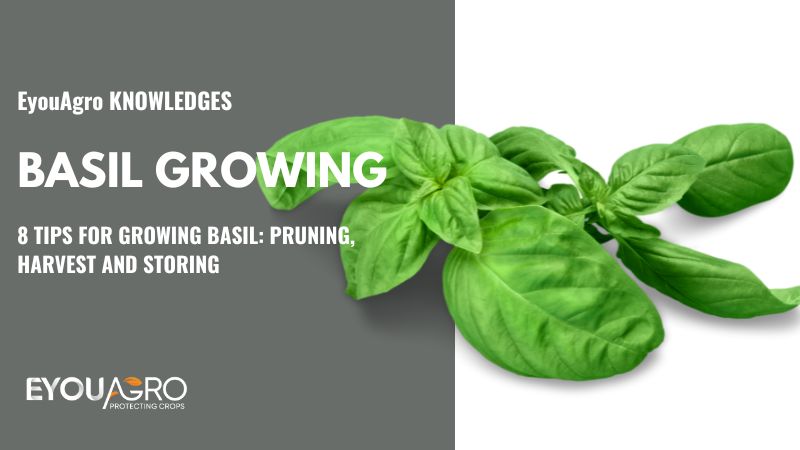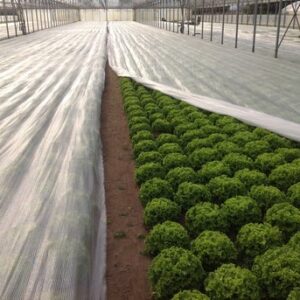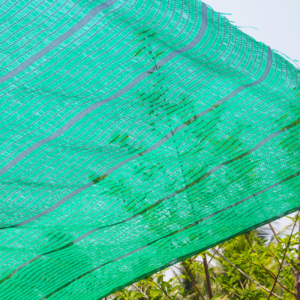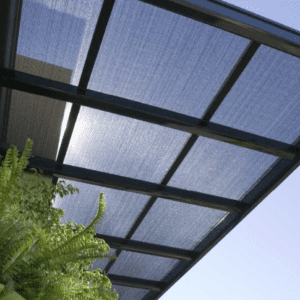Basil is a beautiful herb to grow in your garden. It’s easy to do and tastes great! Basil has many culinary uses, including pesto and sauces. But what about when you want to use it and don’t have any around? The good news is that you can grow it in your vegetable garden and enjoy the benefits thereof.
Here are tips for growing, harvesting, pruning, and storing them. But before that, let’s see why you need to grow basil in the first place.
Why Grow Basil?
The benefits of growing basil outweigh every challenge you may have to endure when doing so. Here are some of them.
- Basil is high in vitamins and minerals and other medicinal benefits.
- It has anti-inflammatory properties and works well as a pain reliever.
- It also aids digestion and has potent antioxidant properties.
- Basil is antiviral and antibacterial, making it an excellent flu and cold remedy.
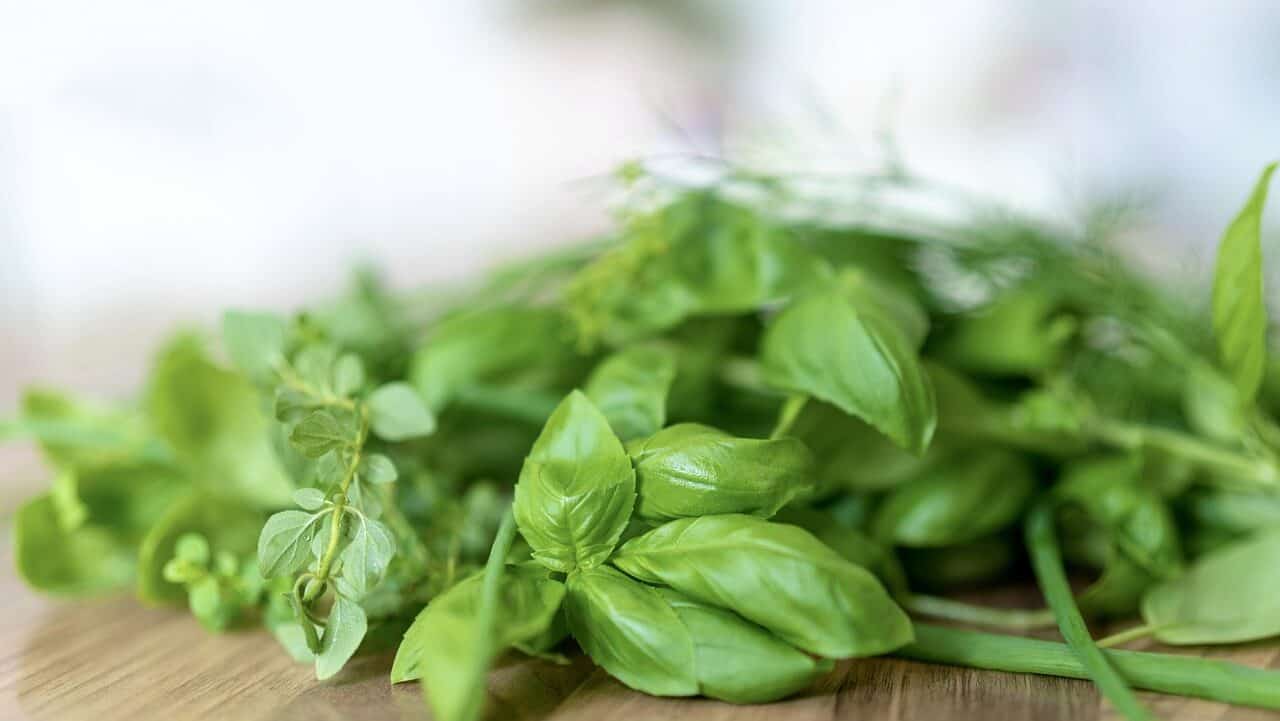
Those are some of few reasons why you should start growing basil.
Now let’s get to know tips for growing basil, pruning, harvesting, and storing.
Tips For Growing Basil, Pruning, Harvesting, and Storing
Growing
Basil is an excellent choice for a container garden. It grows best in well-drained soil and a bright window. Planting basil alongside your tomatoes in a more extensive garden it’s a one-stop-shop for all of your salad needs.
Basil is more sensitive to cold, so if you want to transplant your seedlings indoors, keep an eye on the temperatures in early spring and cover them with frost protection netting if necessary. Ensure the temperature is at least 70°F before planting a cutting or transplanting a seedling.
Soil
Basil grows best in well-drained, wet soil with a pH of neutral. At the start of the season, they usually add rich compost to the soil. There isn’t much more soil amendment needed. Basil ends up losing some of its flavors if the ground is vibrant. Water basil when the soil is dry to the touch.
Spacing
Basil can grow from 24 to 48 cm tall, depending on the variety. Plant basil 24 to 32 inches apart. If you have small space or prefer to grow in pots, consider globe basil, a small, mounding habit.
Watering
Water basil regularly – basil prefers to be moist and requires about 1 inch of water per week. To keep the soil moist and the roots growing deep, at least water once per week. Growing basil in bins necessitates more regular watering to keep the soil from drying out. The perfect time to water your basil is Early in the morning.
Pruning
Pruning basil plants when they are young is unnecessary; wait until the herb is about 15 cm tall before trimming basil leaves. Once you prune the basil plant, the leafier and bushier, it will become
Pinch off flowers once they appear to keep the plant’s energy focused on foliage growth. Pinch the leaves from the top of the basil plant to encourage horizontal growth if it is growing vertically.
To avoid waste, use the plucked leaves or dry them. Basil grows fast, so even if you don’t plan on using the leaves right away, keep snipping back the plant when it becomes large and bushy.
Harvesting
You can harvest only what you need, or you can clip a mass harvest if you have plenty on hand. Harvest basil in the same way as the mint by snipping a stem just above the point where two large leaves meet.
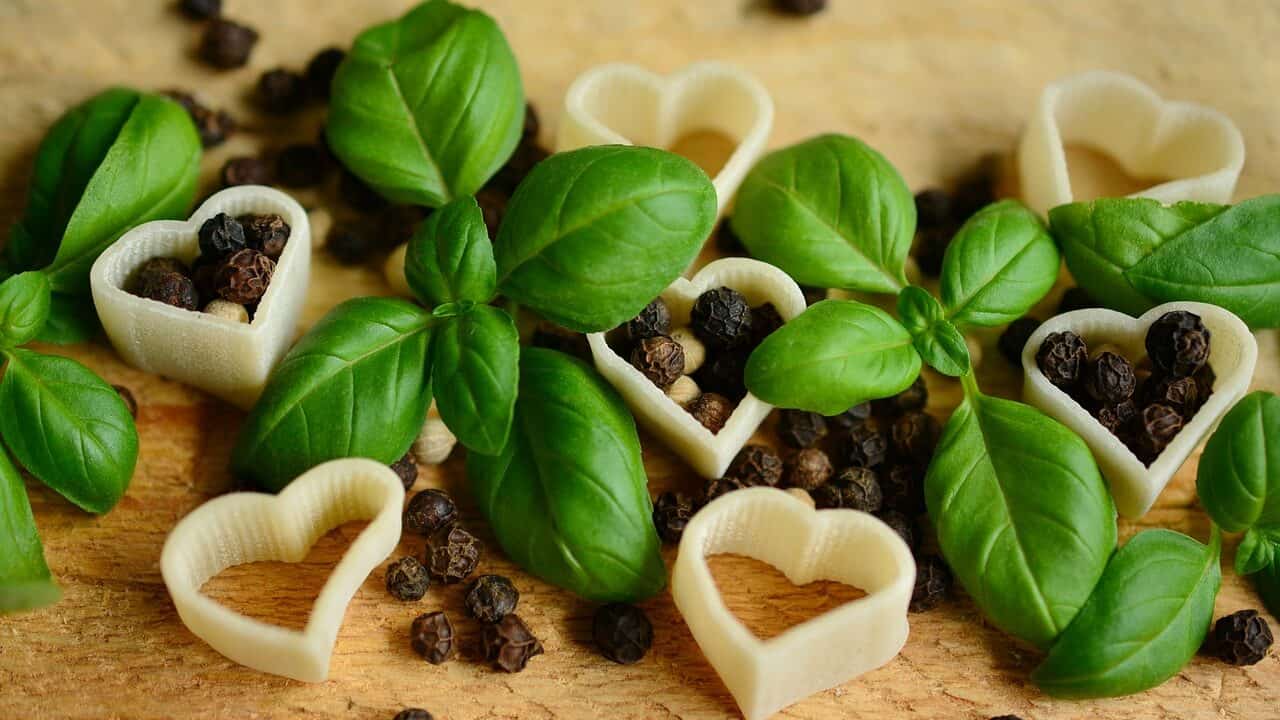
Harvesting Regularly
Continue harvesting your basil all through the growth period. To encourage new growth, aim to remove one-third of the leaves each month. Always use basil in various dishes during the summer; you can also use it during winter if you freeze in olive oil.
Storing
There is no agreed-upon system for storing basil. People use various methods, so these are the two options with proven results.
Basil is best when frozen as a paste because it’s not as hardy as herbs like mint. Here’s how it works:
Put in a Bowl of Water
Leafy herbs with a delicate stem, such as basil, can be stored in water, just like many flowers. Here’s how it works.
Remove the one inch or so of the stems. Put the basil in a bowl with little water. Cover the basil tops loosely with a plastic bag, then allow the basil bouquet to sit at room temperature for a few days, replacing the water after a few days.
Whatever you do, please don’t put it in the fridge. Basil that has been exposed to the elements does not fare well in the cold. When you’re ready to start having fun, wash and dry the leaves.
When stored in this manner, fresh basil will last one to two weeks.
Put in a Plastic Bag
The plastic bag technique is another common way of storing basil. If you choose to store your basil in the refrigerator, this method protects it from harsh elements.
Remove the leaves from the stems now. Using a napkin, wash and dry the leaves.
Place the basil leaves in a plastic bag after wrapping them in a dry napkin. Seal and keep in the refrigerator for one to two weeks.
Conclusion
Basil is a simple plant to grow. With a bit of care, you might even find yourself with extra basil to freeze, dry, or give to friends. With the practices and methods discussed, you can easily grow and manage your basil plants.
Eyouagro netting products prevent insect pests and weather from invading your garden. Our nets are UV stabilized, and they keep your vegetables healthy. They are also cheap, and they come along with a warranty.
Email us to find out which netting protection is best for your farm, or purchase online at www.eyouagro.com.

